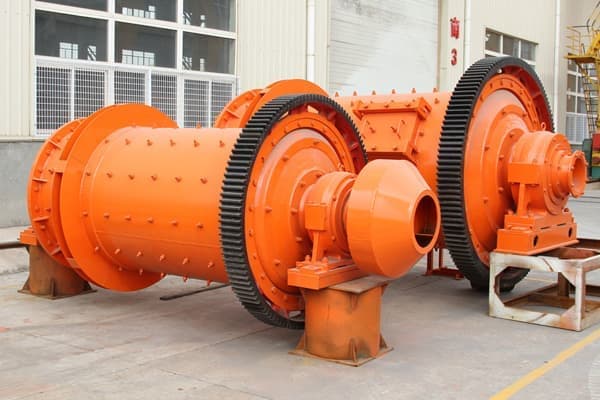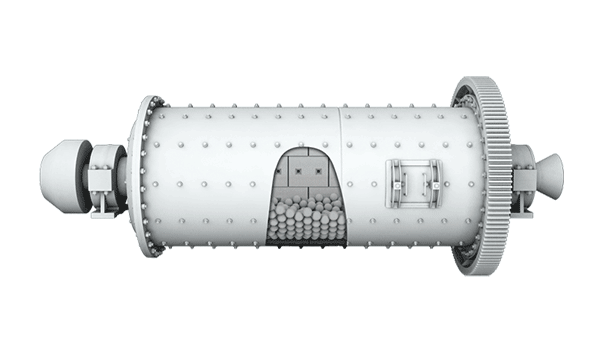

ZOOMJO adopts advanced controlled feeding and discharging technology, combining the actual grinding material with the appropriate grinding body, replacing the traditional surface contact with linear contact, making the discharge size more uniform and the output higher. The grinding operation which requires high uniformity of the finished product after grinding is widely used in the industries of resistant materials, chemical industry, metallurgy, glass, etc.
In recent years, rod mill is also used in sand making industry for construction sand. The characteristic of rod mill is that in the grinding process, the grinding medium is in line contact with the ore, so it has a certain selective grinding effect. The product size is relatively uniform, and there are few over-crushed ore particles. When used for coarse grinding, the processing capacity of rod mill is larger than that of ball mill with the same specification.
The mill mainly consists of motor, main reducer, transmission section, cylinder section, main bearing, slow speed transmission section, feeding section, discharging section, ring seal, thin oil lubrication station, large and small gear jet lubrication, and foundation section. The main reducer is parallel shaft, hard tooth surface.

1. saving more than 40% of power than traditional equipment, reducing cost expenditure.
2. high proportional content of medium sand in the sand making process and good continuity of grading.
3. the grinding process adopts line contact collision, with selective grinding effect.

The rod mill is driven by a motor through a reducer and peripheral large gear deceleration drive or by a low-speed synchronous motor directly through the rod mill through the peripheral large gear deceleration drive, driving the cylinder rotation. The cylinder is equipped with appropriate grinding media - steel rods. Under the action of centrifugal force and friction, the grinding media is lifted to a certain height and falls down in a throwing or slanting state. The ground material enters the barrel continuously from the feeding port and is crushed by the moving grinding media, and the product is discharged out of the machine by the overflow and continuous feeding force for the next stage of process operation.





